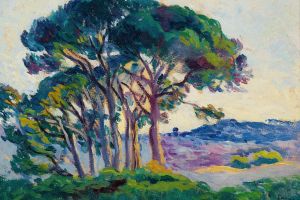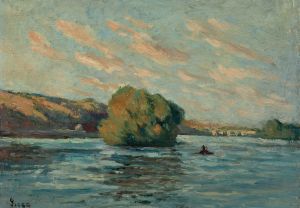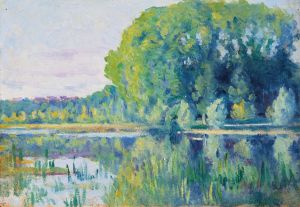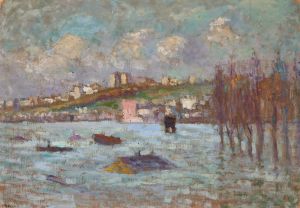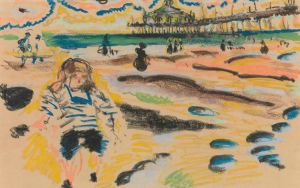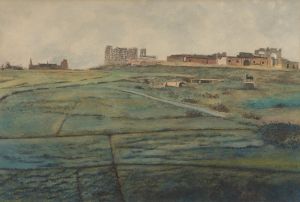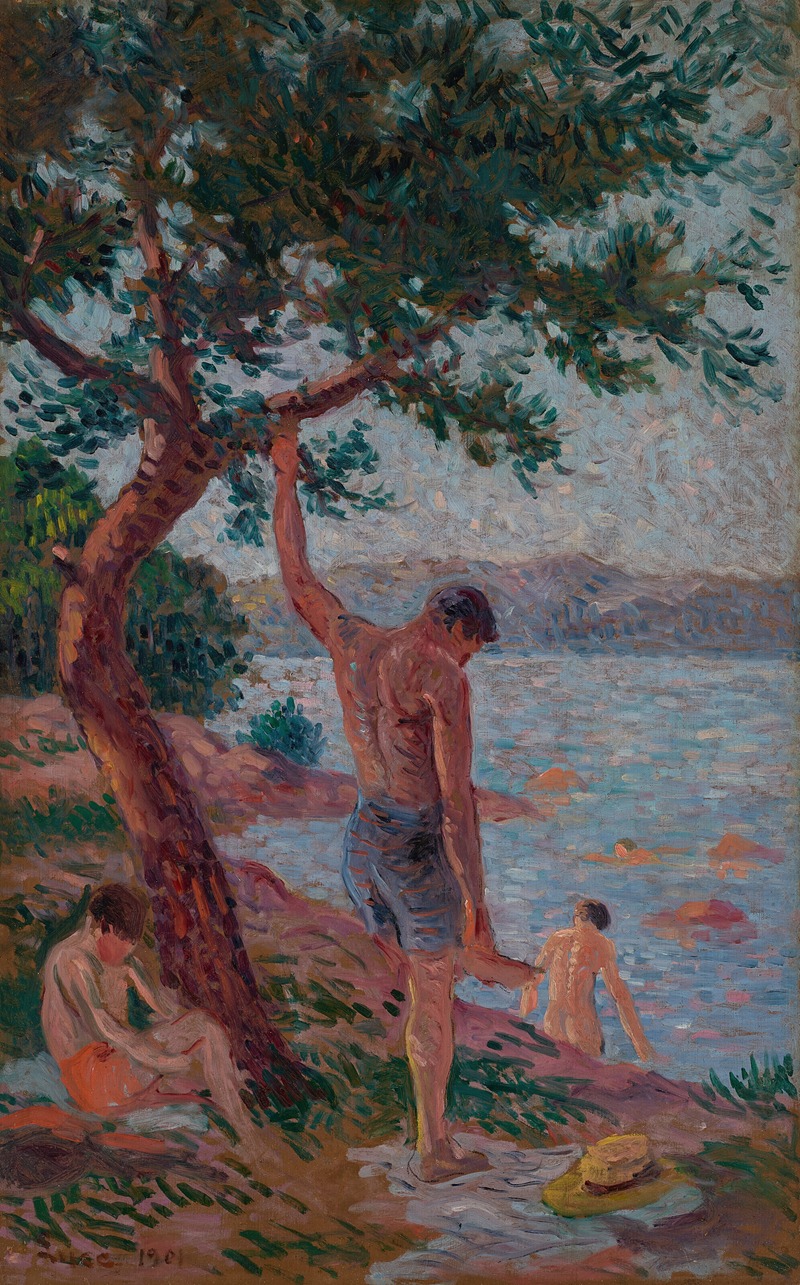
Saint-Tropez, baigneurs sous la pinède
A hand-painted replica of Maximilien Luce’s masterpiece Saint-Tropez, baigneurs sous la pinède, meticulously crafted by professional artists to capture the true essence of the original. Each piece is created with museum-quality canvas and rare mineral pigments, carefully painted by experienced artists with delicate brushstrokes and rich, layered colors to perfectly recreate the texture of the original artwork. Unlike machine-printed reproductions, this hand-painted version brings the painting to life, infused with the artist’s emotions and skill in every stroke. Whether for personal collection or home decoration, it instantly elevates the artistic atmosphere of any space.
Maximilien Luce's painting "Saint-Tropez, baigneurs sous la pinède" is a notable work of art that exemplifies the artist's unique approach to capturing light and atmosphere. Created in the early 20th century, this painting is a fine representation of Luce's involvement with the Neo-Impressionist movement, which was characterized by its use of pointillism and a focus on the effects of light.
Maximilien Luce (1858-1941) was a French painter and a prominent figure in the Neo-Impressionist movement. He was initially trained as an engraver before turning to painting, and he became associated with artists such as Georges Seurat and Paul Signac. Luce's work is known for its vibrant use of color and meticulous technique, often depicting scenes of everyday life, landscapes, and urban settings.
"Saint-Tropez, baigneurs sous la pinède" translates to "Saint-Tropez, Bathers under the Pine Trees." This painting captures a serene scene in the coastal town of Saint-Tropez, located on the French Riviera. The town was a popular destination for artists during the late 19th and early 20th centuries, known for its picturesque landscapes and the quality of light that attracted many painters.
In this painting, Luce employs the technique of pointillism, a method developed by Seurat and Signac, which involves applying small, distinct dots of color to the canvas. When viewed from a distance, these dots visually blend together, creating a luminous effect and vibrant color harmonies. This technique allows Luce to capture the shimmering light and the tranquil atmosphere of the scene.
The composition of "Saint-Tropez, baigneurs sous la pinède" features bathers leisurely enjoying the natural surroundings under the shade of pine trees. The use of pointillism enhances the dappled sunlight filtering through the trees, casting gentle shadows on the figures and the ground. The choice of colors is bright and lively, reflecting the warmth of the Mediterranean climate and the relaxed ambiance of the setting.
Luce's depiction of Saint-Tropez is not just a representation of a specific location but also an exploration of light and color, central themes in the Neo-Impressionist movement. His ability to convey the interplay of light and shadow, along with the vibrant hues of the landscape, demonstrates his mastery of the pointillist technique and his keen observation of nature.
The painting is a testament to Luce's skill in capturing the essence of a moment, inviting viewers to experience the peacefulness and beauty of a summer day in Saint-Tropez. It reflects the broader artistic trends of the time, where artists sought to break away from traditional methods and explore new ways of seeing and representing the world around them.
"Saint-Tropez, baigneurs sous la pinède" remains an important work within Luce's oeuvre and the Neo-Impressionist movement. It highlights the artist's dedication to exploring the effects of light and his contribution to the development of modern art. Today, Luce's paintings continue to be appreciated for their technical precision and their ability to evoke the sensory experiences of the natural world.






